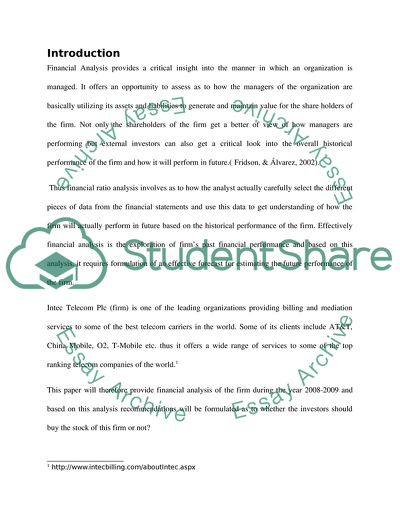Cite this document
(Analysis and Interpretation of Financial Statements: Intec Telecom Plc Case Study, n.d.)
Analysis and Interpretation of Financial Statements: Intec Telecom Plc Case Study. Retrieved from https://studentshare.org/finance-accounting/1743426-analysis-and-interpretation-of-financial-statements
Analysis and Interpretation of Financial Statements: Intec Telecom Plc Case Study. Retrieved from https://studentshare.org/finance-accounting/1743426-analysis-and-interpretation-of-financial-statements
(Analysis and Interpretation of Financial Statements: Intec Telecom Plc Case Study)
Analysis and Interpretation of Financial Statements: Intec Telecom Plc Case Study. https://studentshare.org/finance-accounting/1743426-analysis-and-interpretation-of-financial-statements.
Analysis and Interpretation of Financial Statements: Intec Telecom Plc Case Study. https://studentshare.org/finance-accounting/1743426-analysis-and-interpretation-of-financial-statements.
“Analysis and Interpretation of Financial Statements: Intec Telecom Plc Case Study”, n.d. https://studentshare.org/finance-accounting/1743426-analysis-and-interpretation-of-financial-statements.


